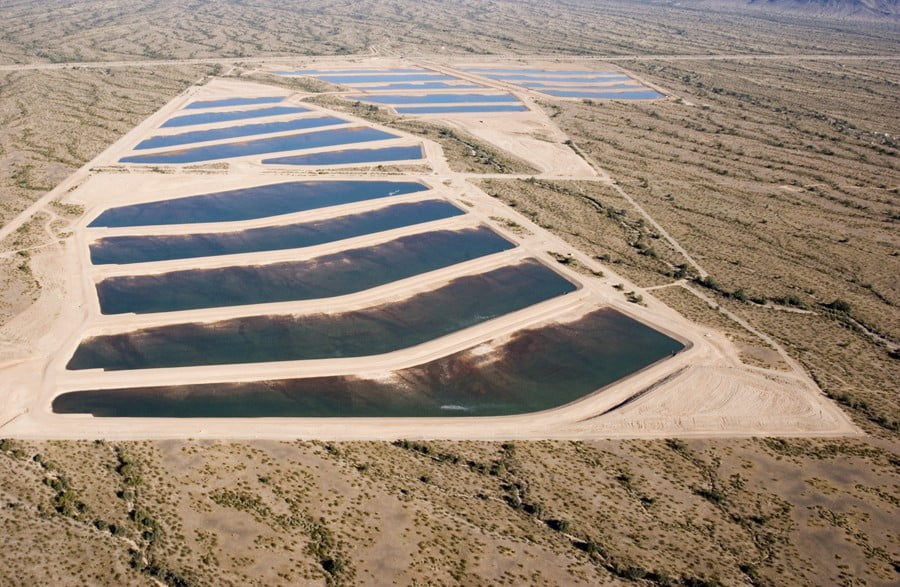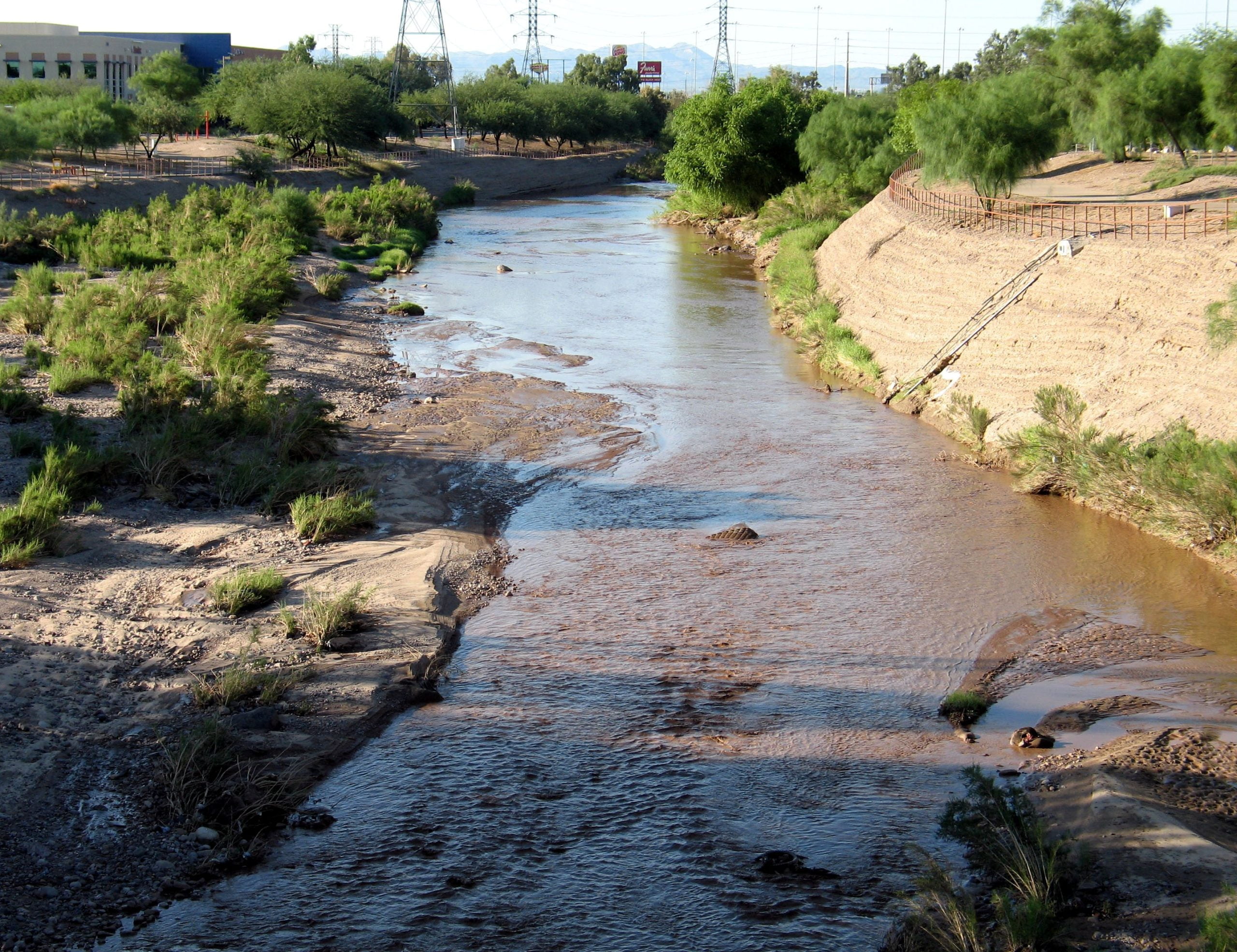Hydro Notes
Home » Hydro Notes » Page 2
UNITED STATES
All inquiries: Juliet McKenna 520.881.4912
California: Lisa Porta 916.661.8389
Mining: Chris Cottingham 971.227.2256
SOUTH AMERICA
All inquiries: Mike Rosko 520.599.9333
Chile: Manuel Merino +56 228969250
Argentina: José Ferretti +54 9 387 154828286
© 2024 Errol L. Montgomery & Associates, Inc. All rights reserved.





